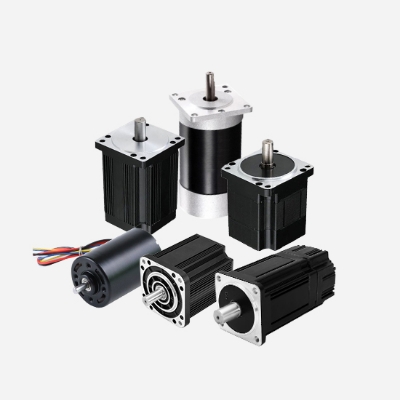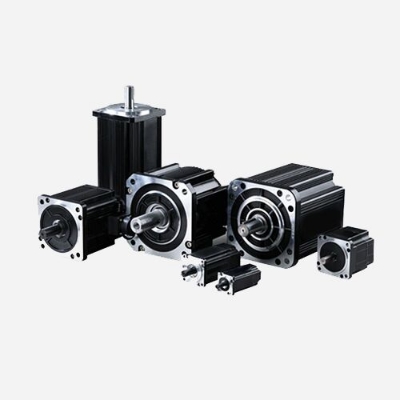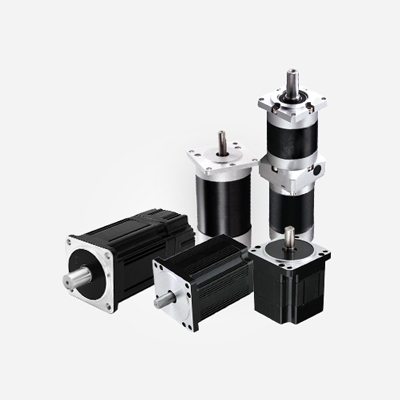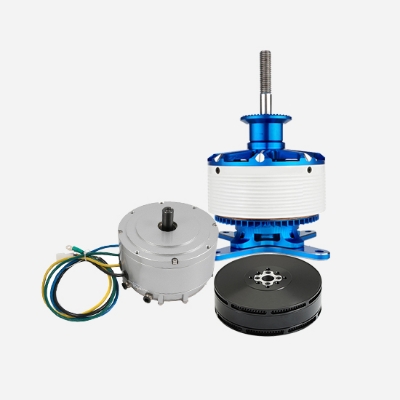About brushless motor power calculation, there is a formula to follow, whether it is brushless motor or other types of motors, all motors, must be involved in the parameters of power, speed, torque, with a reducer, then you also need to consider the reduction ratio. From the motor power, torque, and speed of these parameters, you can calculate the required parameters according to the formula, such as power * 9.8NM / speed = torque, and vice versa, torque * speed / 9.8 = motor power.
In BLDC motors, the phase windings are distributed in a trapezoidal fashion to generate a trapezoidal BEMF waveform. The commutation technique generally used is trapezoidal or called block commutation of only two phases at any given point in time. Another method of motor commutation is called sinusoidal commutation, where all three phases will be performed at any given point in time. PMSM motors are also interchangeably referred to as BLDC motors with windings that are distributed in a sinusoidal manner that lends itself to this sinusoidal type of commutation. The torque produced by a PMSM motor is smooth compared to a BLDC motor, which produces more fluctuations in torque. However, PMSM motors produce less peak torque than BLDC motors.
A brushless DC motor consists of motor body and driver, which is a typical mechatronic product. Since the brushless DC motor operates in a self-controlled manner, it does not add another starting winding to the rotor like a synchronous motor that starts under heavy load with frequency regulation, nor does it produce oscillation and lost step when the load changes suddenly.
When using brushless DC motors, we may encounter faults such as motor overheating or smoke. What are the reasons for such problems? How to solve the problem? Let's discuss brushless DC motor overheating together.
In DC brushless motors, open-circuit transformers are widely used in electromagnetic position sensors. The open circuit transformer of a three-phase brushless motor consists of a stator and a tracking rotor. The stator usually has six magnetic poles, which are spaced 60 degrees apart. Three poles are wound with primary windings, connected in series, to a high-frequency power supply. The remaining three poles are wound with secondary windings wa, wb, and wc, respectively.
How to Run a BLDC motor?
Thursday, July 14, 2022
A Brushless motor is currently on the market for most of the Hall sensors to sense the position, and then the formula wave controller can be used for normal starting. Of course, as a power switch drive, or need to take into account some current and voltage safety protection, after all, the power device than a simple brush to be delicate, and then further can do some drive on the compensation, according to the working conditions to optimize the drive, to improve some performance. Of course, there are other ways to start the use, according to different needs, using different methods to achieve different results, the following is a brief introduction to several ways to run a brushless motor.
A brushless DC electric motor (BLDC motor or BL motor), also known as an electronically commutated motor (ECM or EC motor) or synchronous DC motor, is a synchronous motor using a direct current (DC) electric power supply. As we have seen, the benefits the 3-phase brushless DC motor offers range from low noise, high efficiency, and durability. Many brushless DC motor applications also require compact yet high torque devices, and the motor fits that perfectly.
Brushless DC motors are widely used in AI intelligence, automobiles, medical equipment, industrial automation, etc. due to their long life, low noise, and high torque. Because of their different specifications and types, the right brushless DC motors are selected to meet product performance requirements, which is very important. So how do we choose a brushless motor that is most suitable for our products?
Brushless DC motors take electronic commutation, the coil does not move, and the magnetic pole rotation. Brushless motor, is the use of a set of electronic equipment, through Hall elements, sensing the position of the magnetic poles of the permanent magnet, according to this perception, the use of electronic circuits, the timely switching of the direction of the current in the coil, to ensure the production of the correct direction of magnetic force to drive the motor. The disadvantages of brushed motors are eliminated.




